
views

Decide which decrease to use. If you're knitting without a pattern or if the pattern is very vague, you might be left up to your own devices to choose a decrease. Consider whether you want a hole in the knitting or a seamless change. The following steps will help you to learn about some of the the different decreases.

K2tog or knit two together: This is one of the simplest decreases. To do this, decrease slide your needle under the second down stitch as if you were going to knit into it and pick up the first stitch as well. Then knit both of them. You're basically treating two stitches like they are one. This is a very tight, right-slanting decrease.
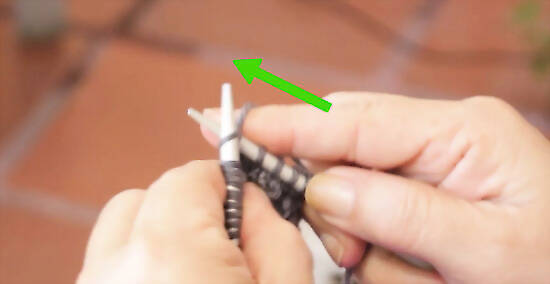
P2tog or purl two together: This is the same as k2tog, except you will pick up two stitches as if you are purling one and purl them to create a left slanting decrease.
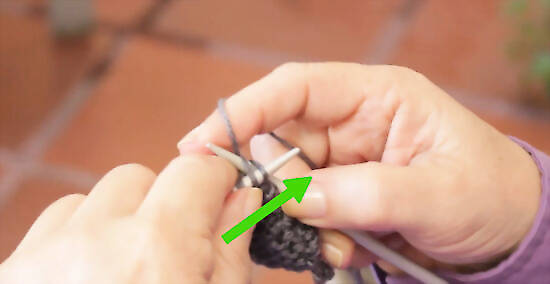
KRPR or knit return pass return: Knit one stitch and then slip it back onto the left needle. Use the right needle to slip the second stitch on the left needle over this stitch and off. Slip the first left needle stitch back onto the right needle to finish a right slanting decrease.
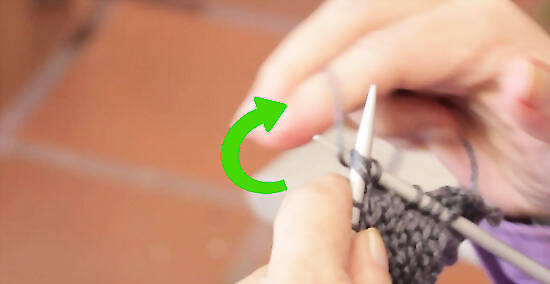
SSK or slip slip knit: This uses a similar technique to k2tog. Slip the first two stitches (knitwise) off your left needle and onto your right. Insert the left needle back into both stitches and knit them from the back. This is another tight, right slanting decrease. There is also SSK improved, where you slip the first stitch knitwise and the second stitch purlwise so the decrease lays flatter.
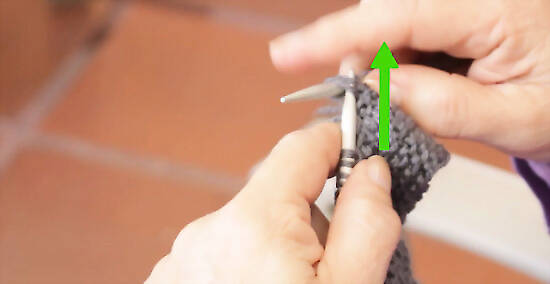
SSP or slip slip purl: Slip two stitches knitwise and then slip them back onto the left needle. Come up with the back through the two stitches and purl them together for a right slanting decrease.

SKP, sl1, k1, or psso: Slip one stitch purlwise, purl one stitch and then slip the second stitch on your right needle over the first stitch to make a right slanting decrease.
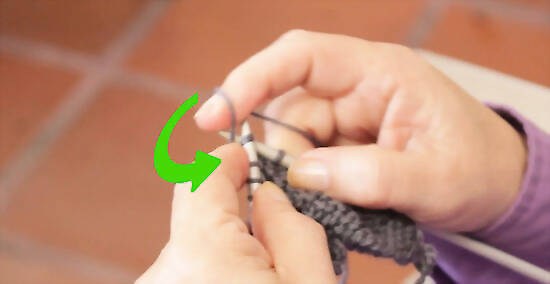
YO or yarnover decreases: Slip the yarn over as if you are going to do a YO. Slip two stitches knitwise, and then knit them together like a normal YO as you slip them back onto the left needle.
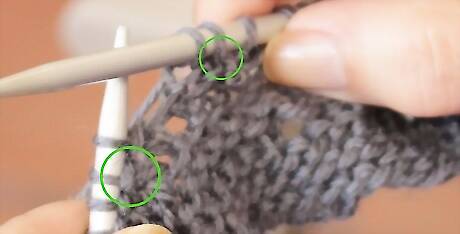
Pay attention to whether your are decreasing on a purl stitch or a knit stitch. This gives you a clue as to which decrease to use because you should use a decrease that creates the correct stitch to blend into the pattern or overall stitch on your knitting piece.



















Comments
0 comment